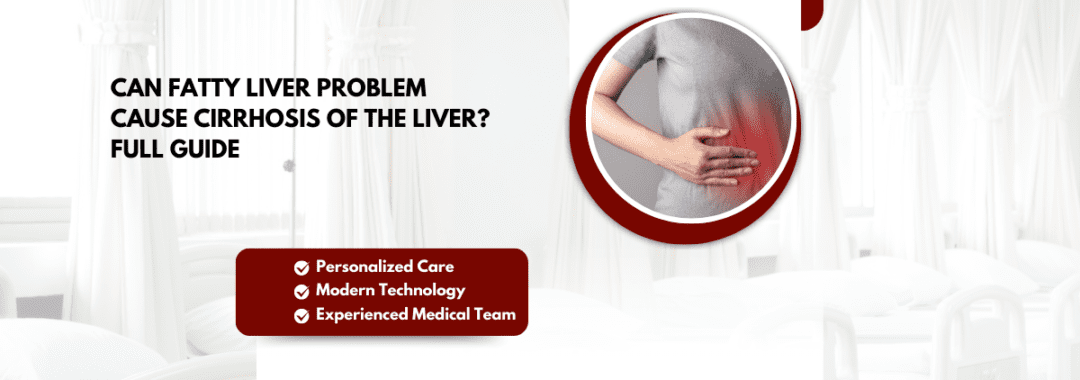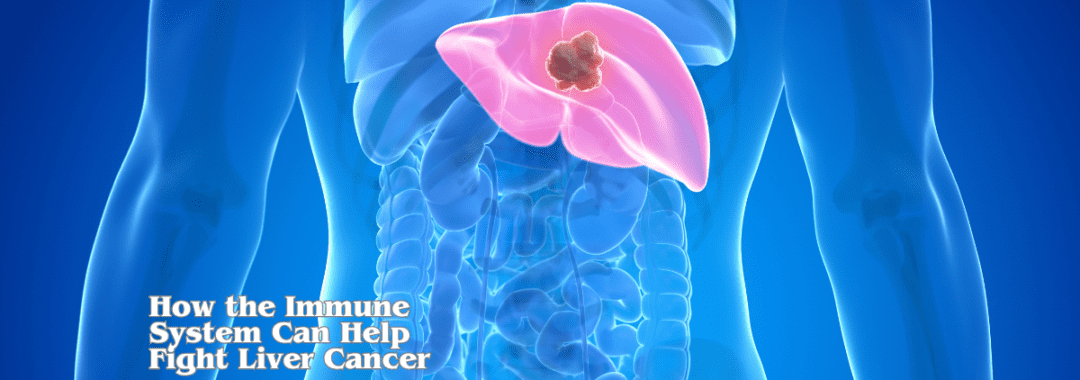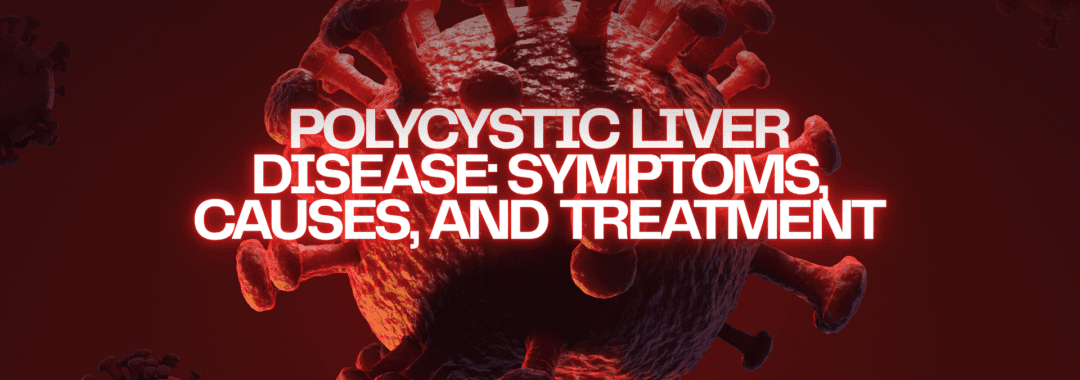Introduction
Imagine your liver as a hardworking sponge, absorbing toxins, breaking down fats, and maintaining your body’s balance. Now imagine that sponge slowly filling with fat instead of doing its job. Over time, it stiffens, hardens, and stops working altogether. This is what happens when fatty liver disease progresses to cirrhosis.
Yes. An untreated fatty liver can progress all the way to cirrhosis. In our clinic at Apollo, New Delhi, we often explain it this way: When fat makes up more than 5-10% of liver weight, we refer to it as fatty liver (simple steatosis).
Sounds scary? It can be—but there’s good news. If caught early, fatty liver is reversible. But if ignored, it could lead to permanent liver damage. In this guide, we’ll walk you through how fatty liver can evolve into cirrhosis, who’s at risk, symptoms to look out for, and what treatment options are available—including when to consult the best liver transplant surgeon in India.
If you’re seeking the best doctor for liver cirrhosis in India, Dr. Neerav Goyal offers advanced care plans tailored to your liver condition.
- What is Fatty Liver Disease?
Fatty liver disease means there’s too much fat stored in liver cells. A little fat is okay, but when it gets excessive (more than 5– 10% of the liver’s weight), it starts interfering with liver function.
Think of it like a clogged air filter in a car. Your liver can’t “breathe” or work properly when it’s packed with fat.
2. Types of Fatty Liver: NAFLD vs. AFLD
There are two main types:
NAFLD (Non-Alcoholic Fatty Liver Disease)– Happens in people who drink little or no alcohol. It’s often linked to obesity, diabetes, and high cholesterol.
AFLD (Alcoholic Fatty Liver Disease)– Caused by excessive alcohol intake over time.
Both types can lead to inflammation, scarring, and eventually cirrhosis if left unchecked.
3. What Causes Fatty Liver?
Several things can lead to fatty liver:
Poor diet (especially high in sugar and unhealthy fats).
Obesity.
Type 2 diabetes.
High blood pressure.
High cholesterol.
Rapid weight loss.
Excessive alcohol use (in AFLD).
Even thin people can develop fatty liver if their lifestyle or genes put them at risk.
4. Early Signs and Symptoms of Fatty Liver.
Here’s the tricky part: Fatty liver is often silent in the early stages. Many people don’t feel any different.
But some possible early signs include:.
Fatigue.
Mild pain or discomfort in the upper right abdomen.
Slightly elevated liver enzymes in blood tests.
These are easy to ignore, which is why many cases go undetected until the liver is already damaged.
5. What is Liver Cirrhosis?
Cirrhosis is the late stage of chronic liver disease. It happens when the liver becomes permanently scarred and hardened.
Imagine turning a soft sponge into a stiff brick. That’s what cirrhosis does– it makes the liver lose its ability to filter blood, produce essential proteins, and perform other vital tasks.
6. How Does Fatty Liver Turn into Cirrhosis?
It’s a slow process, but here’s how it happens:.
Fat buildup in the liver (steatosis).
Inflammation and liver cell damage (steatohepatitis).
Fibrosis (scar tissue forms).
Cirrhosis (severe scarring disrupts function).
Think of it like a wound that keeps getting hurt before it heals– eventually, it turns into a scar that never goes away.
7. Stages of Liver Damage.
Liver disease doesn’t go from zero to cirrhosis overnight. There are stages:.
Stage 1: Simple fatty liver.
Stage 2: Inflammation and liver cell damage.
Stage 3: Fibrosis (some scar tissue).
Stage 4: Cirrhosis (severe, irreversible damage).
The earlier you catch it, the better your chances of reversing it.
8. Who is Most at Risk?
Some people are more likely to develop fatty liver and cirrhosis:.
Overweight or obese individuals.
People with Type 2 diabetes or insulin resistance.
Those with high cholesterol or triglycerides.
Heavy drinkers.
People with certain genes or family history.
Age, poor diet, lack of exercise, and metabolic conditions all add fuel to the fire.
9. Can Fatty Liver Be Reversed?
Yes! The amazing thing is that in its early stages, fatty liver can be completely reversed with the right lifestyle changes.
Lose weight (even 5– 10% can help).
Eat a liver-friendly diet (low sugar, low fat).
Exercise regularly.
Control blood sugar and cholesterol.
Avoid alcohol.
It’s like cleaning out a clogged engine– get rid of the gunk, and it runs smoothly again.
10. Warning Signs You’re Progressing Toward Cirrhosis.
If your liver disease is advancing, you might notice:.
Constant fatigue.
Yellowing of skin or eyes (jaundice).
Swelling in legs or belly.
Confusion or forgetfulness.
Itchy skin.
Easy bruising.
If you notice these, don’t delay– see a liver specialist immediately.
11. Diagnosis: How Doctors Detect the Damage.
Doctors use several methods to check your liver health:.
Blood tests (liver enzymes, bilirubin).
Ultrasound or MRI.
FibroScan (measures liver stiffness).
Liver biopsy (if needed).
Regular check-ups are crucial if you have risk factors.
12. Treatment Options for Fatty Liver and Cirrhosis.
Treatment depends on the stage:.
Early fatty liver: Lifestyle changes and monitoring.
Inflammation or fibrosis: Medications, strict lifestyle changes.
Cirrhosis: Meds to manage symptoms, avoid further damage.
Advanced cirrhosis may require a liver transplant.
13. When is Liver Transplant the Only Option?
When the liver can no longer function due to cirrhosis, a transplant becomes the only way to survive.
Signs you may need one include:.
Frequent hospitalizations.
Internal bleeding.
Kidney issues due to liver failure.
Liver cancer.
It’s a life-saving option– but it’s critical to consult the best liver transplant surgeon in India for expert care and a better outcome.
14. Finding the Best Liver Transplant Surgeon in India.
India is home to some world-class liver transplant specialists. Look for:.
Board certification and experience.
Successful transplant history.
Modern hospital infrastructure.
Strong post-transplant care team.
Patient testimonials and reviews.
A trusted, skilled surgeon can make all the difference when facing liver failure.
15. Lifestyle Tips to Protect Your Liver.
Whether you’re at risk or already dealing with fatty liver, these tips can help:.
Eat fresh fruits, vegetables, and lean proteins.
Avoid sugary drinks, processed foods, and fried items.
Exercise for at least 30 minutes a day.
Stay hydrated.
Avoid alcohol and unnecessary medications.
Get regular check-ups.
Your liver is a silent hero– treat it kindly.
Conclusion.
Fatty liver disease might seem harmless at first, but it can quietly progress into something far more serious– cirrhosis, a condition that could demand a liver transplant.
But here’s the silver lining: you can prevent, manage, and even reverse early-stage fatty liver with the right steps. Awareness is the first step toward action.
If you or a loved one are facing advanced liver disease, don’t wait. Reach out to the best liver transplant surgeon in India and explore your options.
Your liver deserves care. After all, it works hard for you– every single day.
FAQs.
1. Can fatty liver be cured completely?
Yes, if caught early and lifestyle changes are made, fatty liver can be reversed completely.
2. How long does it take for fatty liver to turn into cirrhosis?
It varies, but it can take 10– 20 years. However, progression may be faster in people with risk factors or poor lifestyle habits.
3. Is liver transplant the only treatment for cirrhosis?
Not always. Early-stage cirrhosis can be managed, but advanced cirrhosis often requires a transplant.
4. How can I know if my fatty liver is progressing?
Look for worsening symptoms like fatigue, swelling, or jaundice, and regularly check with your doctor.
5. Who is the best liver transplant surgeon in India?
India has several top specialists. Research hospitals like Medanta, Apollo, or Fortis, and choose a surgeon with a strong track record and patient success stories.











